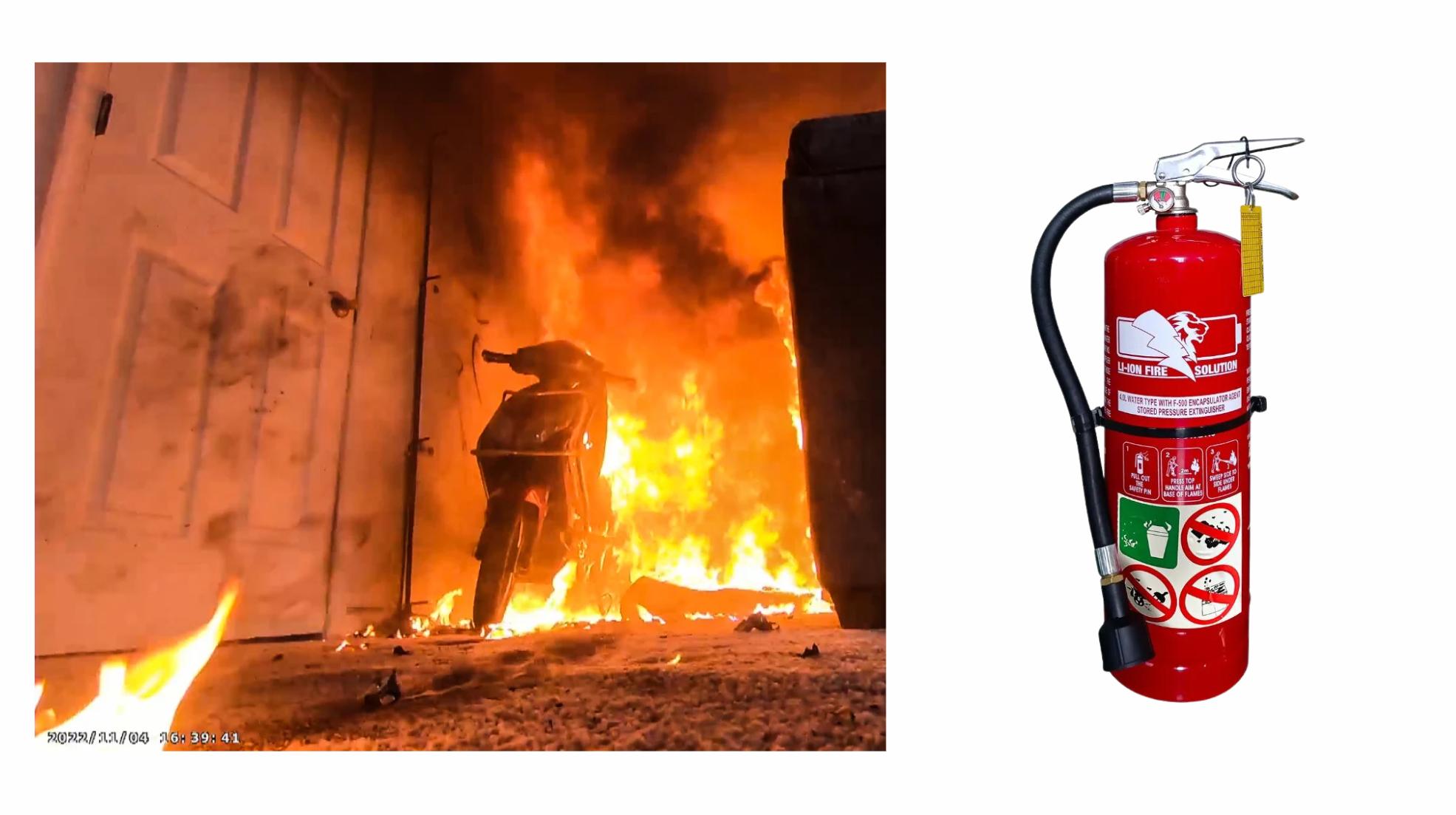Understanding the Causes of Lithium Battery Fires and Explosions
Lithium battery fires typically result from manufacturing defects, overcharging, physical damage, or improper usage. These factors can lead to thermal runaway, causing rapid overheating and potential explosions if not managed properly.
Lithium batteries, a cornerstone of modern technology, power a vast array of devices from smartphones to electric vehicles. However, despite their advantages, these batteries are not without risks. Understanding what causes lithium batteries to catch fire or explode is crucial for mitigating potential hazards and ensuring safe usage.
Manufacturing Defects
Manufacturing defects are a significant factor in lithium battery failures. Even minor flaws during the production process can lead to severe consequences. Issues such as metal particles embedded in the battery or uneven thickness in the separator layer can result in internal short circuits. These defects compromise the integrity of the battery’s internal components, leading to overheating and potential fires or explosions. Rigorous quality control measures are essential to minimize such risks.
Metal Contaminants
Metal contaminants, such as aluminum or copper particles, can cause internal short circuits. These contaminants often come from machinery used in battery production or from the materials themselves. When these particles bridge the gap between battery electrodes, they create a path for current to flow where it shouldn’t, generating excessive heat.
Separator Flaws
The separator in a lithium battery is a critical component that prevents direct contact between the positive and negative electrodes. If this separator is unevenly thick or has holes due to manufacturing defects, it can lead to internal short circuits. These short circuits can quickly escalate to overheating and thermal runaway.
Mechanical Injury
Mechanical injury is another leading cause of lithium battery fires and explosions. Physical damage to a battery, whether from crushing, puncturing, or bending, can compromise its structural integrity. This damage can cause the internal components to short-circuit or the electrolyte to leak, both of which can result in dangerous overheating and potential fires.
Crushing and Puncturing
When a lithium battery is crushed or punctured, the physical trauma can lead to short-circuits within the battery. This damage disrupts the battery’s internal architecture, leading to immediate and intense heat generation. In severe cases, it can cause the battery to rupture and explode.
Bending and Impact
Bending a lithium battery or subjecting it to a strong impact can cause internal deformation. This deformation can lead to mechanical failure of the battery’s components and create conditions ripe for thermal runaway, where the battery heats uncontrollably.
Poor Storage Environment
The environment in which lithium batteries are stored plays a crucial role in their safety. High temperatures, humidity, and exposure to direct sunlight can adversely affect battery performance and safety.
Temperature Extremes
Heat-induced decomposition is a major concern with lithium batteries. When stored at high temperatures, the battery’s electrolyte can break down, leading to increased internal pressure and potential leakage. Over time, this can weaken the battery’s structure and lead to fires or explosions.
Conversely, extreme cold can also affect battery performance and safety. Low temperatures can cause electrolyte freezing, which might lead to mechanical damage and decreased battery efficiency.
Humidity and Corrosion
Exposure to high humidity can cause corrosion of battery terminals and internal components. This corrosion can lead to short circuits and other malfunctions, increasing the risk of overheating and potential fires.
Overcharging and Overdischarging
Overcharging and overdischarging are critical factors that can lead to lithium battery failures. Lithium batteries are designed to operate within specific voltage ranges. Exceeding these limits can lead to significant safety issues.
Overcharging
When a lithium battery is overcharged, it can result in excessive heat generation and electrolyte breakdown. The battery management system (BMS) is designed to prevent overcharging, but if it fails or is bypassed, the battery can enter a state of thermal runaway. This uncontrolled heating can lead to fires or explosions.
Overdischarging
Overdischarging occurs when a battery is drained beyond its minimum voltage threshold. This condition can cause the battery to become unstable and may lead to internal damage. Over time, repeated overdischarging can degrade the battery’s performance and safety.
External Short Circuit
An external short circuit happens when the battery’s terminals are connected directly, bypassing the internal circuitry. This can occur due to improper handling, short-circuited devices, or faulty battery packs.
Consequences of External Short Circuits
When a lithium battery experiences an external short circuit, it can lead to rapid overheating and thermal runaway. The excessive current flow causes significant heat buildup, which can quickly lead to a fire or explosion.
Mitigating Risks and Ensuring Safety
To minimize the risks associated with lithium batteries, it is essential to adhere to recommended handling, storage, and charging practices.
Handling and Transportation
Handle lithium batteries with care to avoid physical damage. Use protective cases and avoid dropping or mishandling them. During transportation, ensure that the batteries are securely packaged to prevent accidental damage.
Storage Guidelines
Store lithium batteries in a cool, dry place, away from direct sunlight and extreme temperatures. Avoid storing batteries in high humidity environments to reduce the risk of corrosion.
Charging Practices
Always use the manufacturer-recommended charger and avoid overcharging. Regularly monitor the battery’s charge levels and follow all guidelines provided by the manufacturer to ensure safe operation.
Conclusion
In summary, understanding the factors that lead to lithium battery fires and explosions—such as manufacturing defects, mechanical injury, poor storage environment, overcharging, overdischarging, and external short circuits—is crucial for maintaining safety. By adhering to best practices in handling, storage, and charging, we can significantly reduce the risk of these dangerous incidents and ensure the safe use of lithium battery technology.

